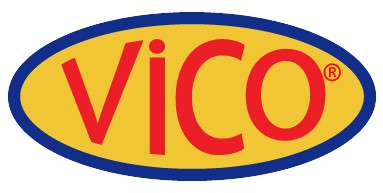-
-
-
Total payment:
-

Pin holes
Posted by Vico Casting Export Company Limited at 09/12/2022
Bubbles or cavities commonly found on the outside of flake, nodular or compacted graphite iron, malleable cast iron, and cast steel castings.
Pin holes appear individually and over a wide area, affecting all casting portions. They are often not apparent until after machining, but they are always visible with the naked eye.
Pin holes varies in appearance from nodular bare metal bubbles or bubbles coated with graphite skins to larger irregularly shaped cavities accompanied by slags or oxidation.
They are known as hydrogen pin holes and hydrogen-nitrogen pin holes, which are indistinguishable from one another, as well as CO-slagpin holes. Specific iron qualities, on the one hand, and specific mold material system features, on the other, are known to be likely root causes of these problems. In practice, the creation of pin holes is frequently produced by the cumulative influence of multiple overlapping causes rather than by a single event. Pin holes can cause problems with coatings such as enameling, hot-dip galvanizing, powder coatings, and so on. This imperfection has little effect on structural load-bearing capability, especially in the case of ductile cast iron types and mild stress levels. This flaw causes rejection on machined functional surfaces that must also be impermeable. Furthermore, if the defect occurs in an undesirable location, the fatigue strength will be compromised, and as a result, pin holes cannot be permitted in safety components susceptible to fatigue loading.
The creation of hydrogen and hydrogen-nitrogen pinholes is a three-step process:
Water vapor reacts with other elements in the iron. This causes metallic oxides and atomic hydrogen to form, which then diffuses into the liquid metal. Nitrogen-hydrogen combinations are similarly broken down and can likewise permeate into the liquid metal.
The reaction of the metallic oxides with the carbon in the melt results in the formation of miniature gas bubbles.
Diffusion of hydrogen and possibly nitrogen into micro gas bubbles, as well as bubble size increase











